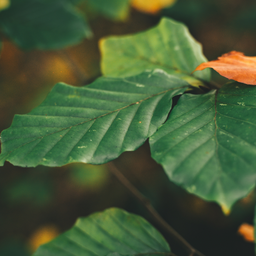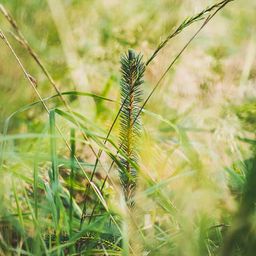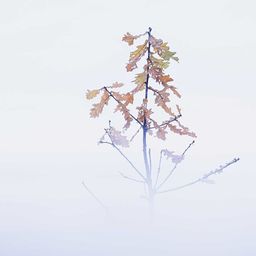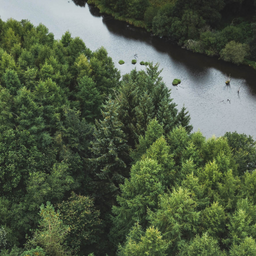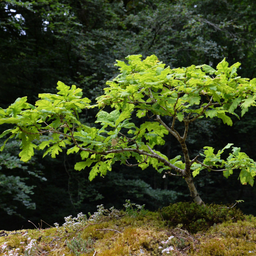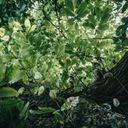
Chestnut: Its description, importance, and use
Powerful and majestic, the chestnut can live for a long time (up to 1,500 years) and reach up to 30 meters in height. It is prized for its wood and its nuts.
Chestnut
This powerful and majestic tree that can grow to great heights and live for thousands of years has been harvested for thousands of years for its fruit, the chestnut. Sometimes chestnuts have been ignored as fruit trees not worth harvesting and have fallen victim to parasites. Others cultivate the chestnut to make marrons glacés or chestnut cream.
The botanical name of the chestnut, castanea sativa, comes from Castanis, an ancient city in Turkey. This fruit species, native to Anatolia, was introduced to the Cevennes by the Romans. Its rapid growth is linked to its ability to make chips, in other words, to regrow after felling, allowing the forest to regenerate at a high rate.
Why does EcoTree plant chestnut trees?
EcoTree plants Chestnuts for two main reasons. First, they are large-diameter trees that, over time, provide many nooks and crannies that can accommodate a range of wild fauna (insects, small mammals, cave birds or even bats). Secondly, chestnuts are less popular and over 20,000 hectares worth have been abandoned. EcoTree is committed to preserving and promoting them. Their wood is valuable, and they provide part of that essential diversity our forests need. Many animals are fed by Chestnuts.
Chestnut - Overview
Chestnut - Overview
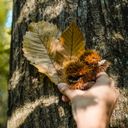
Chestnut - Species requirements
This tree prefers climate zones between 400 and 800 metres above sea level. It does not do well in soil that is too calcareous, too compact or too moist.
The chestnut tree needs full or partial sun, although in its early years it prefers shade. The tree suffers from severe cold and prefers poor, acidic or sandy soil. The chestnut tree needs to be fully established to withstand very harsh winters.
Chestnut wood
Chestnut wood is waterproof and pliable and is used to make stakes, flooring, barrels, particle board, pulp, and furniture.
Its natural resistance to parasites, wood-eating insects, natural wear and tear, and bad weather makes it a wood well suited for exterior construction such as cladding and roofing.
Among all wood, chestnut is one of the easiest to work with. Hard yet malleable, its wood provides variety and quality work.
Chestnut nuts are edible. They can be used to make flour or desserts made with chestnut cream. Chestnuts are rich in vitamins, fibre, carbohydrates, magnesium, and potassium, making them a rural food staple in many places.
The Chestnut tree's symbolism
The chestnut (Castenea sativa), from the Fagaceae family, was nicknamed the "acorn of Zeus" by the Greeks. For the Celts, the Chestnut was considered the guardian of humans and animals at the end of each year. Its bare, gnarled roots make it a symbol of new lifegiving energy.
Give a Chestnut tree as a birth gift, to celebrate the arrival of new life.
Our selection of trees
Our goal is to enable anyone to do something that benefits nature and helps us to live in a more harmonious world. So why not become a tree owner in a European forest and help combat climate change?
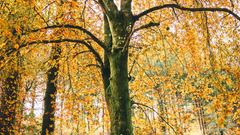



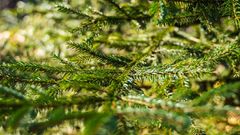

Please note that this is promotional communication. See our notice of information.

